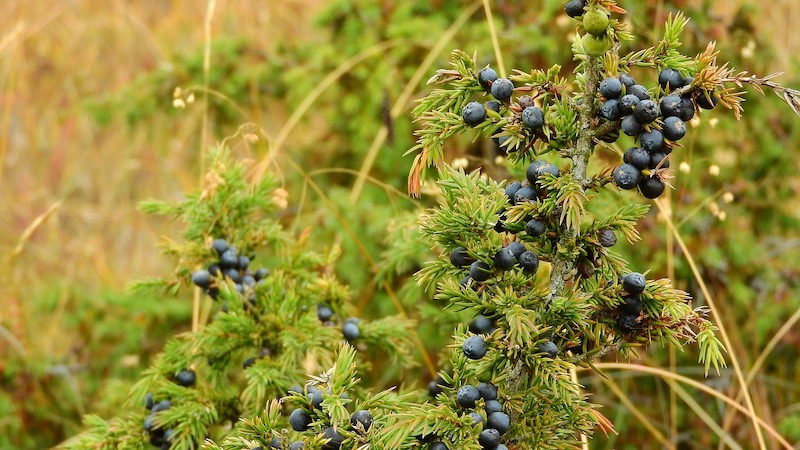If you fill your yard with beautiful juniper trees, it's incredibly important that you know how to deal with pests as they come up. Read on to find out what could be attacking your trees.
Juniper Pests
Q: We planted a juniper tree last summer, and it did fine until just recently. It is about 10 feet tall and growing taller, and it has a beautiful greenish-blue color except for a few large brown patches. It is planted in a flowerbed island surrounded by daylilies and other perennials. What could cause branches to die one at a time in different locations on the tree?
A: Junipers are probably the most commonly planted evergreen shrub or small tree in the entire country. They naturally grow in ground cover, shrub and tree forms. Plus, they can be pruned into just about any shape imaginable. They are drought-resistant plants that are pretty trouble-free, but when they have a problem, the most common sign is the ends of the branches turning brown.
There are a few disease problems that occur in the spring that can cause dead brown branches, but you said this problem just started and the branches were still green in the spring.
The four common nationwide insect problems on junipers are aphids, bagworms, scale insects and spider mites. Aphids are visible and leave the branches sticky and covered in black sooty mold. A spray with a garden hose, ladybugs and contact insecticides are three methods that will work on them. Scale insects are harder to see, but they also leave the branches sticky and covered in black mold. Since they are protected by their hard outer shell, they are best treated with a systemic insecticide or a dormant oil application in the winter.
Spider mites are the size of salt and pepper and visible if you tap a branch over a piece of dark-colored paper. They leave small webs on the branches. The branches turn a pale grayish-yellow before turning brown. A garden hose and systemic insecticides work on them.
Bagworms are the caterpillars of a small black moth. They eat the juniper needles and eventually make a cocoon out of them. The 2-inch-long bags hang down off the branches and are easy to pull off and step on.
The last insect is found throughout the country but mostly a problem in California. The Juniper Twig Girdler is the larva of a moth that burrows into the branches and kills the rest of the branch from that point outward. Peel the bark back where the green branch turns to brown, and then look for tunnels in the wood and possibly a 1/4-inch-long caterpillar. Spray a systemic insecticide in the spring or early summer, and prune out the dead branches.
In the Great Lakes states, the Northeast and the Pacific Coast, there is a tiny leaf miner that kills the tips of the juniper branches. Five of these caterpillars placed end to end might make it to an inch long. They live inside the needles from fall until they hatch as adult moths in spring. A systemic insecticide applied in summer and fall, along with pruning off the branch tips, can keep them under control.
Three common environmental problems can cause dead branches on junipers. Even though these problems might occur at different times, the plant may not finish turning brown until much later. They might not apply to your tree, but I will list them just in case.
Salt injury can occur along ocean areas and roadsides, and in the highly alkaline soils of the dry regions of the country. In areas where the plants get salt mist thrown on them, wash off the branches. Keep the plants well-watered, too.
Dog urine is also a salty environmental disease that turns juniper branches brown. Again, keep the plants washed off, and try a dog-repellant product.
Even though junipers are drought-tolerant, that doesn't mean they are substitutes for cacti. They need water, especially when newly planted. Being an evergreen, they can dry out in the wintertime if the ground is frozen and the winter winds are blowing. They can dry out in the summer, too. Your newly planted tree may not have a big enough root system to survive a dry spell for another year or two. When stressed due to lack of water, the whole plant will turn pale and dry-looking as it browns.
Save or share this infographic for reference: Juniper Pests

Email questions to Jeff Rugg at [email protected]. To find out more about Jeff Rugg and read features by other Creators Syndicate writers and cartoonists, visit the Creators Syndicate website at www.creators.com.
COPYRIGHT 2017 JEFF RUGG
DISTRIBUTED BY CREATORS.COM



